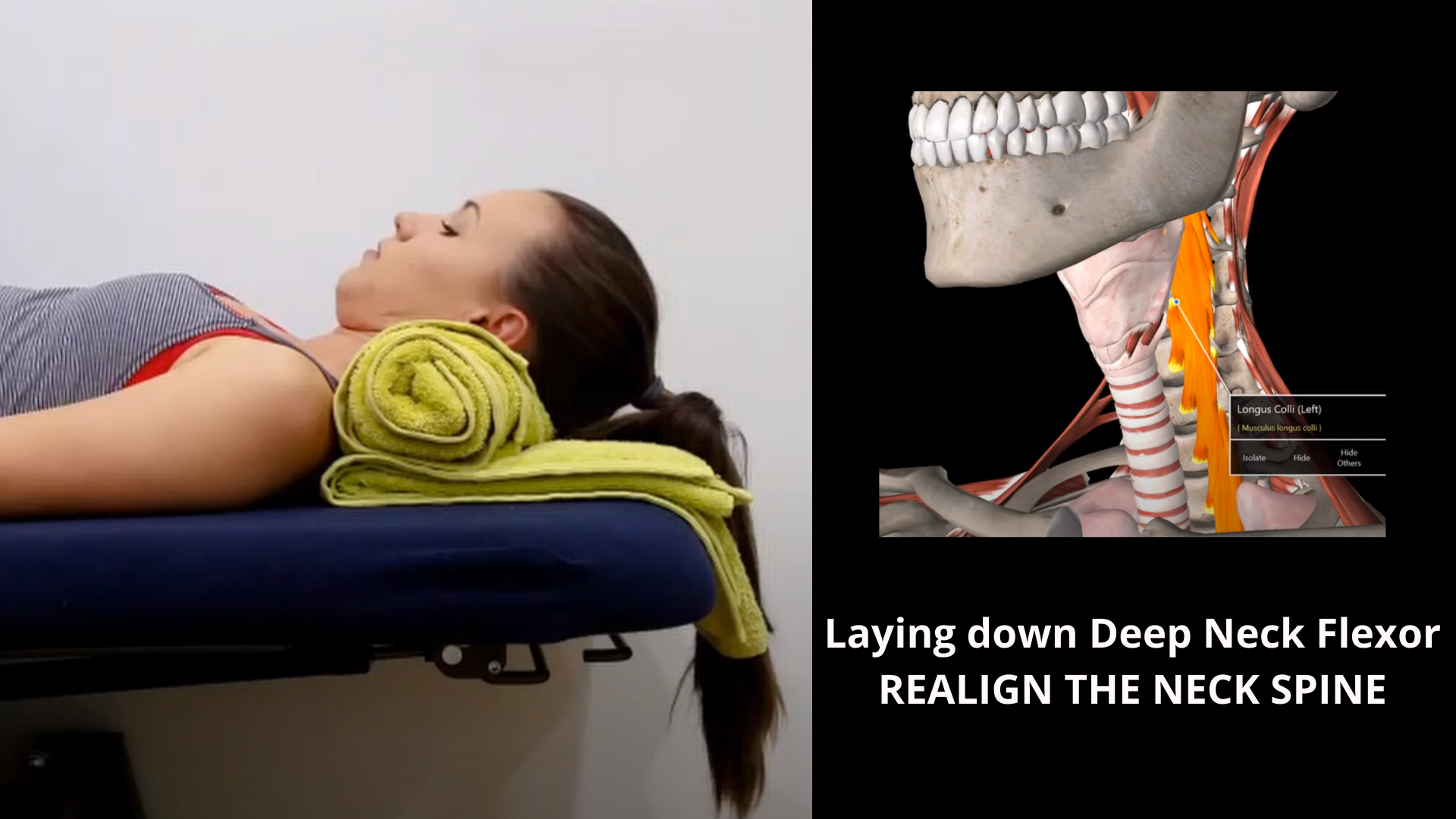Is your desk job causing you neck, back and shoulder pain?
Most people who have sat at a desk working for hours have felt that twinge, ache, and pain at the back of their shoulder or neck. The longer the work, the worse the soreness. It often is related to your workstation setup, but not always. The truth is, even if you sit in an ergonomically perfect posture, you can still develop aches and pains. With this in mind:
Why does “desk work” bring about aches and pain?
What is a good ergonomic setup?
How does physiotherapy help an office worker like me?
Recommended exercises for the neck to help you feel better and work for longer without pain.
Why does “office work” bring about aches and pain?
Your postural muscles (trapezius and rhomboids) work hard to keep you in an upright sitting position. After prolonged periods of sitting, your muscles tire and inadvertently put more stress on the joints of your spine.
If you have “fit” neck muscles, you may avoid having as much neck pain, because these muscles have the ability to support your spinal vertebrae in a way that reduces stress. If the muscles are weak, you get more stress on the spine. The result is nagging pain, muscle tension, neck stiffness, and other symptoms.
Tips of Ergonomic setup
With an optimal posture outlined in the blog: How to obtain a better sitting posture, set up your workspace as follows:
Adjust the height of your chair so that when you reach for the keyboard and mouse, your elbows are 90degs bent and relaxed on the sides of your body.
Place footstools or textbooks under your feet if needed.
Elevate your screen height so that your horizontal eye line looks into the top 1/3 of the screen.
Note if you are using a laptop, consider purchasing a wireless keyboard and mouse so that you can elevate the laption screen to the ideal height.
The truth is, no matter how good your posture is, the human body is not designed to be stationary for long periods. Our jobs demand it. Are we able combat this?
Exercise program for the tired muscles
The right exercises help with postural muscle recuperation. This means your postural muscles get the blood flow they need to carry on holding your back, neck, and head upright.
Using therabands to activate neck extensor muscles is a sustainable way of eliminating muscle fatigue and achieve rejuvenation. We recommend those exercises to be done mid-mornings and mid-afternoons to help you break your working hours up.
Rotator cuff muscles help you to maintain a good shoulder position. The stronger your postural muscles are, the easier it will be to maintain good posture when you work. Systematic exercises programs, ergonomic setup, and movement breaks can help keep desk shoulder and neck pain at bay.
How we treat your neck and upper back
Your chest muscles tighten with increased keyboard and mouse usage. Your upper back muscles can fatigue. We conduct manual therapy and dry needling on overactive muscles to depolarising painful trigger points. We also administer spinal osteopathic techniques to resolve spinal stiffness.











